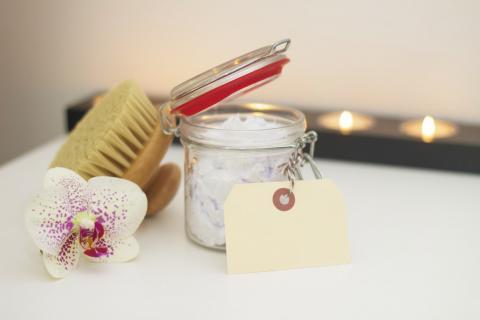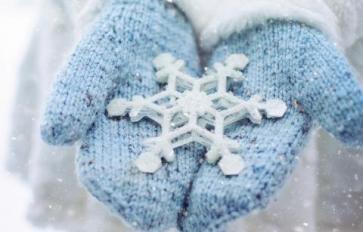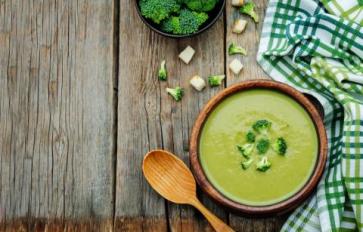
Even though I live in California, where winters don’t always merit the name, I’ve been piling on the cozy sweaters and donning the sturdy boots that make winter wardrobes the best part of the season. But what’s out of sight is out of mind, and I recently realized that my long-hidden skin could use some serious love. Parched and pasty, my legs especially showed signs of neglect, so I decided to bring my dry brush out of its winter retirement.
Dry brushing is pretty much what it sounds like: Passing a stiff bristled brush over dry skin. I usually dry brush in the summer to exfoliate, but brushing can benefit the body in any season, and even if your skin remains hidden a few months more, the rewards of this ancient therapy go beyond skin-deep.
Exfoliation
In winter, the most visible benefit of dry brushing is the removal of dead skin cells from the top layer of the dermis. Not only do these skin cells create a pasty look, they also clog pores, causing breakouts. Keeping pores unclogged also allows them to better release toxins—many experts estimate that about a third of your body’s impurities are excreted through the largest organ in your body, your skin. Dry brushing aids the body in this natural detoxification process. Exfoliation can also help fade dark spots by dispersing pigmented cells. If winter has dried out your skin, brushing is especially important—applying moisturizer to freshly exfoliated skin is much more effective than layering it on top of dead skin cells and blocked pores.
Boosting Circulation
Brushing the skin brings blood toward the body’s surface, bringing much-needed nutrients to the skin. Scrapes and wounds need these nutrients and oxygen to heal, and while you won’t speed up your skin’s recovery by directly brushing sensitive or injured spots, the wound will benefit from increased blood flow to the area. Increased blood flow to the skin can also temporarily plump it, improving the appearance of cellulite.
Stimulating the Lymphatic System
The lymphatic system is an integral part of the immune system, carrying lymph to the heart and fighting infection. It drains our bodies of waste in the forms of bacteria and cellular debris, and if it becomes congested, toxic build-up can lead to illness and inflammation. The lymphatic system doesn’t have a pump to move lymph through the body, so it can only do its best work when stimulated by movement. The firmer the brush bristles and the higher the pressure, the more the lymph nodes, located throughout the body and in concentrated bunches in the armpit, neck, and groin areas, are stimulated.
How To Dry Brush
Choose a brush with natural bristles, and brush in long strokes toward the heart, where the lymph system drains. I start at my feet and brush up, then brush my arms from wrist to shoulder. If you’re new to dry brushing, keep the pressure light at first. I have sensitive skin, so my dry brush has soft bristles, but skin adapts to brushing over time, and I’ll switch to a brush with stiffer bristles as my skin can handle it. (The firmer the bristles and the firmer the pressure applied, the more brushing massages the lymph nodes and increases circulation.)
After dry brushing, I shower, and then apply almond oil to help nourish the newly exposed skin and replace any natural oils stripped by the dry brushing process. Some experts recommend dry brushing only in the morning, as it can be energizing for some people and not amenable to sleep.
I’ve spent a good part of this winter with the flu—I’m hoping that come springtime, my dry brushing practice will have both bolstered my immune system and prepared my skin to reunite with the sun.








